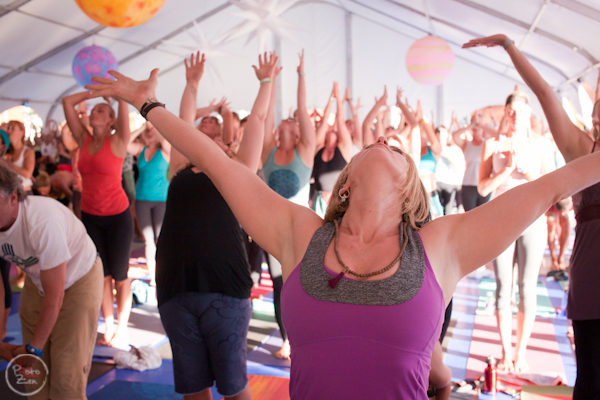I brought up spontaneous healing in my last blog post with a promise to return with more information. “Spontaneous” may not be quite the correct term in each and every case. It’s often more like “miraculous” healing, since we can’t pinpoint the exact moment of healing most of the time. Still, let’s dance beyond semantics and into the heart of the matter. Bruce Lipton, researcher, former Stanford medical school professor, international public speaker, and author of The Biology of Belief, Spontaneous Evolution, “The Wisdom of your Cells,” and more, shares research on spontaneous healing. This can happen in two types of cases.
In one case, a person with a life-threatening or even terminal diagnosis decides to commit, with all her or his heart, to healing. This person holds the faith that healing is here, with complete conviction in his or her ability to heal. This person is utterly willing to make any lifestyle changes that support healing, knowing that in times like these, there’s no bargaining on behalf of bad habits. The gig is up. Intuitive guidance may lead this person to courageously face traditional therapies, surgery, chemotherapy, and/or radiation or other very challenging circumstances. Or courage may look like denying any of these options and focusing fully on alternative healing modalities. There’s no right or wrong really. What’s important is that this person intuits the best path with absolute belief in the effectiveness.
An example of this type of person is the now-famous Kris Carr, author of Crazy Sexy Cancer and other inspiring books. I saw Kris on a Dr. Oz interview on Oprah many, many years ago. She received a diagnosis at a very young age of a rare and incurable form of cancer. Her only recourse was to redefine all her constructs of what constitutes health and life, and to change all her daily habits. She took up yoga and changed her diet. During the interview, she and Dr. Oz went into her kitchen where she prepared her morning breakfast, a wide variety of vegetables to go into her juicer. Dr. Oz asked, “What did you used to have for breakfast?” She replied lightly, “Martinis.” Kris is vibrantly healthy and leading a huge movement to empower healthier eating habits, not only for those with a serious diagnosis, but for anyone.
In another case, a person receives a terminal diagnosis. S/he determines that since there’s a limited amount of time, why worry about the bank account, the list of to-dos, and all the shoulds that tend to drive a life. S/he may as well just leave it behind and focus on the “bucket list.” The list may include dreams of travel and adventures, or a full-focus on beloved family and friends. It can show up many ways, but the essence is that the person leaves behind the medical community, the diagnosis, the identification with disease, and instead begins to focus fully on the act of living. Suddenly, this creates an unexpected healing. This story was depicted really well in the movie, “Bucket List,” with Morgan Freeman and Jack Nicholson.
How can you apply the principles for spontaneous healing in your life for prevention, for healing, and for living your most vibrant life?
What are you willing to change in order to experience a higher quality of life?





2 Responses to Spontaneous Healing